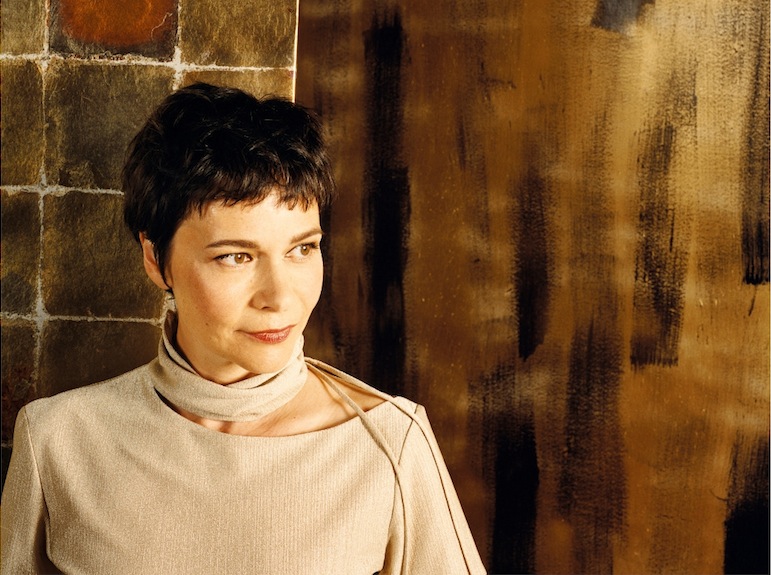
Tafelmusik may have had a spectacular guest in Sandrine Piau on Thursday night, but the period-instrument orchestra stepped up its own game accordingly to create a memorable night of fine baroque music.
- Classical Music 101: What Does A Conductor Do? - June 17, 2019
- Classical Music 101 | What Does Period Instrument Mean? - May 6, 2019
- CLASSICAL MUSIC 101 | What Does It Mean To Be In Tune? - April 23, 2019
The threads that bound the evening at Trinity-St Paul’s Centre together were clear rhetoric and magnetic connection.
The rhetoric came from expression shaped with the utmost care from everyone involved. It also came from beautifully written music.
Thanks to the work of people like Piau, we’re becoming more and more familiar with baroque vocal showpieces by Antonio Vivaldi. Her treat from this prolific composer was a sacred motet, “In furore iustissimae irae,” RV 626.
The piece was not only a great vehicle for her elaborate coloratura technique, but also a means to convey contrasting emotional messages. The soprano was mesmerising.
Piau also didn’t disappoint in a set of Handel arias, finished off with a grand flourish in the florid “Da Tempeste” from Giulio Cesare. The soprano’s artistry is so all-encompassing that an audience member has no choice but to return it in kind with unwavering attention.
(She obliged the ecstatic audience with two encores — “Tornami a vagheggiar” from Alcina and “Lascia ch’io pianga” from Rinaldo — and could have kept singing all night, as far as we were concerned.)
Tafelmusik, under the leadership of music director Jeanne Lamon, was an impeccable accompanist. But that was only the beginning of the orchestra’s contribution.
It brought two little-heard suites to the programme: one in French-style in G minor by Giuseppe Antonio Brescianello (1690-1758) and a foot-tapping one set in F major by Francesco Veracini (1690-1768).
Both composers were born in Italy, but worked in Germany. Both pieces were filled with examples of invention and careful craft — as well as beautiful music.
The music that really cemented the tenor of the evening was Vivaldi’s Concerto for 4 Violins, performed by heart.
The eye contact and movement and extra energy the players brought to the stage made for an electric performance.
On the whole, this programme, which runs until Sunday afternoon, is not just an example of excellent, historically-informed performance. This is an example of the kind of committed, passionate musicmaking that guarantees a concert that people remember for a long time, regardless of genre.
For details on remaining performances, click here.
John Terauds
- Classical Music 101: What Does A Conductor Do? - June 17, 2019
- Classical Music 101 | What Does Period Instrument Mean? - May 6, 2019
- CLASSICAL MUSIC 101 | What Does It Mean To Be In Tune? - April 23, 2019



